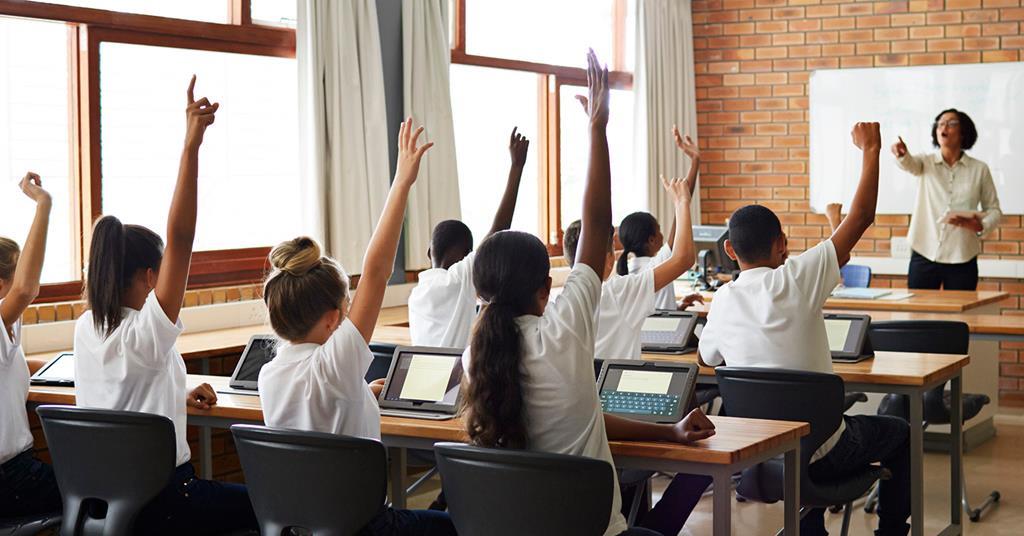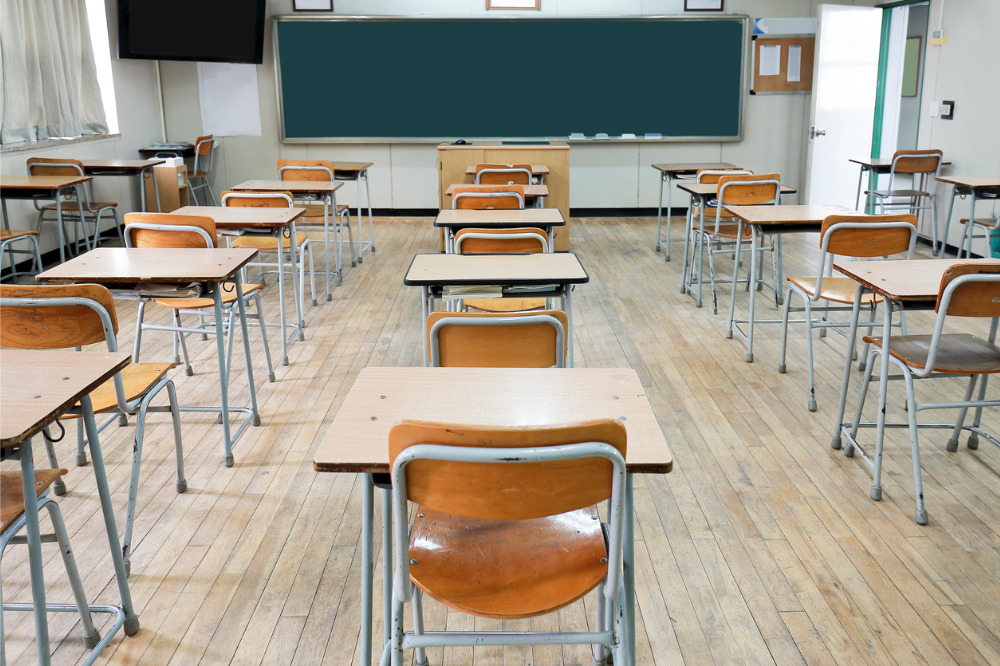Personalized Primary Science Tuition Singapore to Cater to Your Child’s Needs
Personalized Primary Science Tuition Singapore to Cater to Your Child’s Needs
Blog Article
A Comprehensive Overview to the Numerous Understanding Approaches in Key Scientific Research Guideline
The expedition of diverse learning methods in primary science instruction provides an opportunity for teachers to improve trainee involvement and comprehension significantly. By analyzing hands-on learning techniques, inquiry-based approaches, and collaborative methods, we can identify efficient methods that satisfy different finding out designs. Furthermore, the combination of technology and set apart instruction plays a critical function in fostering a comprehensive setting. Nonetheless, the question remains: how can these methods be successfully carried out in the classroom to optimize their impact? The solution depends on a better examination of each approach and its effects for mentor science.

Hands-On Knowing Strategies
Hands-on knowing strategies play a crucial role in main science direction, engaging students in energetic expedition and testing. These methods permit students to communicate straight with products and sensations, cultivating a deeper understanding of clinical ideas. By using manipulatives, models, and real-life experiments, instructors create an atmosphere where students can observe, hypothesize, and examine their concepts.
Such methods not only enhance comprehension however additionally cultivate crucial thinking and analytical abilities. When students take part in activities like developing easy machines, planting seeds, or carrying out chain reactions, they are motivated to ask inquiries and seek answers with their very own observations. This experiential strategy assists to demystify intricate clinical concepts, making them much more available and relatable.
Additionally, hands-on understanding advertises partnership among peers, as trainees usually function in groups to conduct experiments or share findings. This team effort not only enriches their learning experience yet also develops necessary social abilities. Inevitably, integrating hands-on methods in main scientific research guideline promotes a lifelong love of learning and inquisitiveness regarding the environment, laying a solid structure for future scholastic pursuits in science and beyond.
Inquiry-Based Knowing
Inquiry-based learning is an instructional technique that motivates pupils to ask inquiries, investigate phenomena, and construct their own understanding of scientific ideas. This technique shifts the emphasis from typical teacher-led guideline to a much more student-centered experience, where students take the effort in their academic journey. By promoting interest, inquiry-based understanding promotes much deeper engagement with the product, permitting students to check out topics in a meaningful context.
In technique, this strategy frequently involves hands-on experiments, monitorings, and important reasoning tasks that straighten carefully with the scientific approach. Pupils are urged to develop hypotheses, design investigations, and evaluate data, which cultivates necessary abilities such as logical and analytical reasoning. The function of the teacher in this framework is to help with expedition, leading pupils with the query process while encouraging independent thought and cooperation.
Additionally, inquiry-based knowing supports a sense of possession over the understanding procedure, encouraging trainees to seek expertise actively. This method not only boosts understanding of scientific concepts yet also fosters a lifelong love for knowing, equipping students with the skills necessary to navigate a progressively complex globe.
Collaborative Knowing Approaches
Joint understanding methods equip pupils to participate in purposeful interactions with peers, fostering a common obligation for their educational outcomes. In main scientific research guideline, these strategies urge students to collaborate to check out scientific principles, fix problems, and conduct experiments (primary science tuition Singapore). By taking part in group activities, pupils can leverage diverse perspectives, enabling richer understanding and retention of clinical knowledge
One secret aspect of joint learning is the emphasis on communication abilities. Trainees must express their ideas, listen actively to others, and negotiate ideas, every one of which are critical expertises in both real-world and scholastic contexts. This social communication not only enhances their understanding of scientific principles however likewise advertises team effort and dispute resolution abilities.
When trainees see the worth of their contributions within a team, they are extra likely to take ownership of their discovering trip. Overall, including collective knowing strategies in main scientific research instruction grows a vibrant discovering environment that prepares students for future academic and social difficulties.
Technology Combination in Science
The combination of modern technology in main scientific research guideline boosts finding out experiences by supplying cutting-edge tools and resources that sustain numerous mentor methods, including joint knowing - primary science tuition Singapore. Making use of digital systems, simulations, and interactive applications permits students to involve deeply with clinical concepts, assisting in a more hands-on technique to learning
Virtual research laboratories, as an example, make it possible for learners to conduct experiments securely and successfully, promoting inquiry-based knowing. These tools can imitate real-world clinical scenarios, enabling pupils to visualize complex procedures that would be challenging to duplicate in a other conventional classroom setting. Technology promotes communication and cooperation among students, as they can share findings and work with each other on projects with on-line systems.
In addition, multimedia discussions and educational video clips can enhance lessons by providing to diverse learning designs, making abstract concepts a lot more obtainable. Information evaluation tools also empower pupils to accumulate and interpret clinical data, strengthening crucial thinking skills. On the whole, the strategic incorporation of innovation in primary science direction not only enhances involvement however likewise prepares students for a technically innovative society, outfitting them with vital abilities for future clinical undertakings.
Separated Instruction Approaches
Set apart guideline strategies are vital for dealing with the varied requirements of learners in main scientific research education and learning. These methods make it possible for educators to customize their training techniques to accommodate varying abilities, interests, and discovering designs within the classroom. By employing distinguished instruction, teachers can create a comprehensive setting that cultivates involvement and improves understanding of scientific concepts.
One efficient strategy is to utilize flexible organizing, which permits pupils to collaborate with peers at comparable skill degrees or with differing point of views. This method motivates peer understanding and promotes essential reasoning. Additionally, supplying options in tasks can encourage pupils, allowing them to select tasks that resonate with their passions while still fulfilling curricular goals.
Moreover, including tiered projects is another valuable technique. Deliberately tasks with varying degrees of intricacy, educators can guarantee that all pupils are properly challenged, despite their effectiveness. Utilizing developmental analyses to gauge comprehending more enables teachers to adjust he said their instructional approaches dynamically, guaranteeing that each learner gets the support they require.
Eventually, carrying out differentiated guideline techniques in main scientific research education not only improves trainee knowing outcomes but also grows an interest for science, preparing students for future academic quests.

Conclusion
In summary, effective main science guideline requires a complex strategy that includes hands-on discovering, inquiry-based approaches, and collective strategies. The assimilation of modern technology and distinguished direction even more provides to diverse understanding designs, cultivating a setting favorable to exploration and essential thinking. By applying these techniques, instructors can enhance trainee interaction and comprehension, eventually nurturing a long-lasting interest for scientific research and questions. Such detailed techniques are essential for establishing informed and interested future researchers.
The expedition of diverse learning methods in main scientific research guideline offers an opportunity internet for educators to improve trainee interaction and comprehension considerably.Hands-on learning techniques play an essential duty in key scientific research instruction, involving trainees in active expedition and experimentation.Inquiry-based understanding is an educational strategy that urges students to ask inquiries, examine phenomena, and build their own understanding of scientific principles.Collective discovering approaches equip pupils to involve in purposeful interactions with peers, cultivating a shared duty for their educational results. On the whole, integrating joint learning approaches in primary science direction cultivates a dynamic knowing environment that prepares pupils for future academic and social obstacles.
Report this page